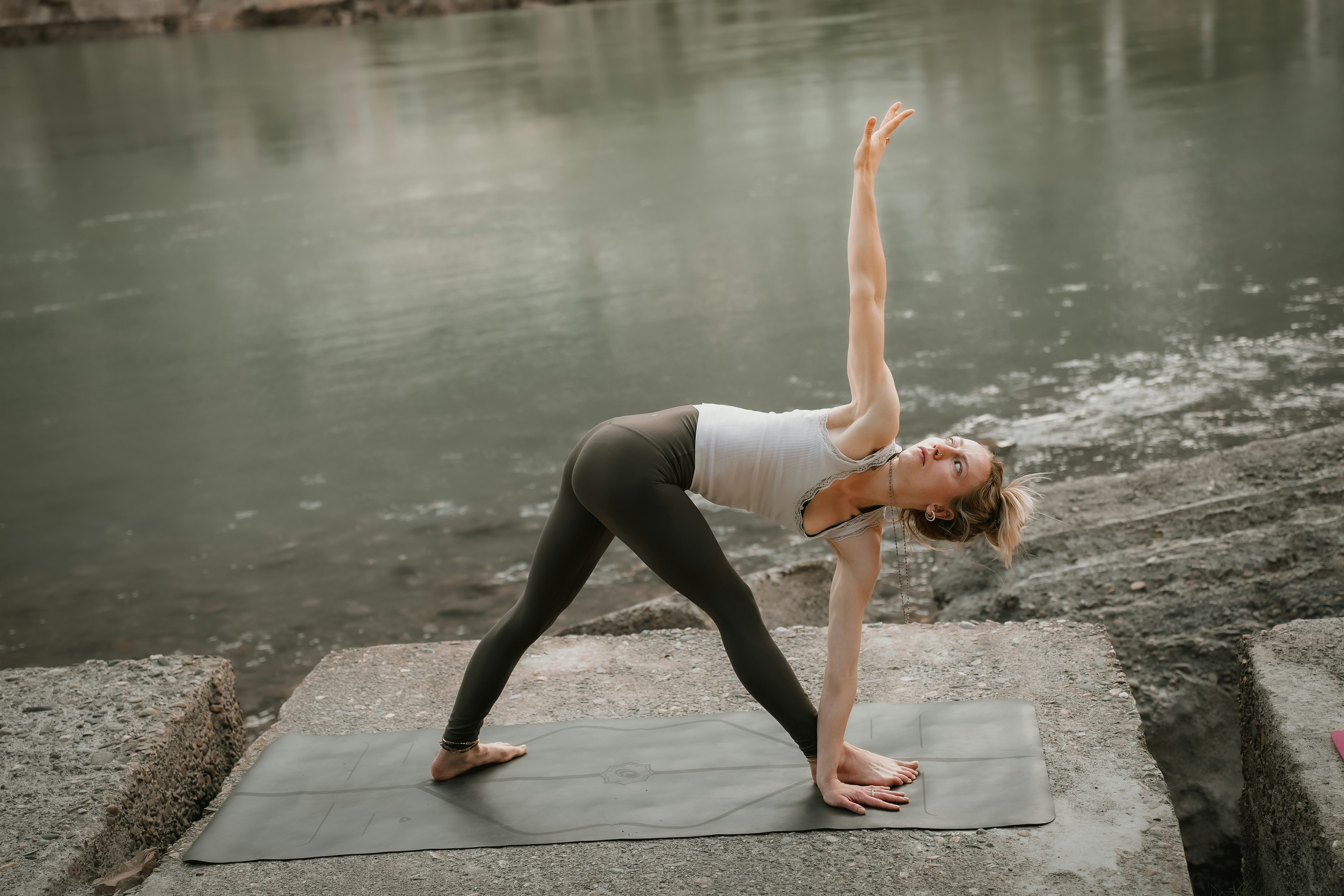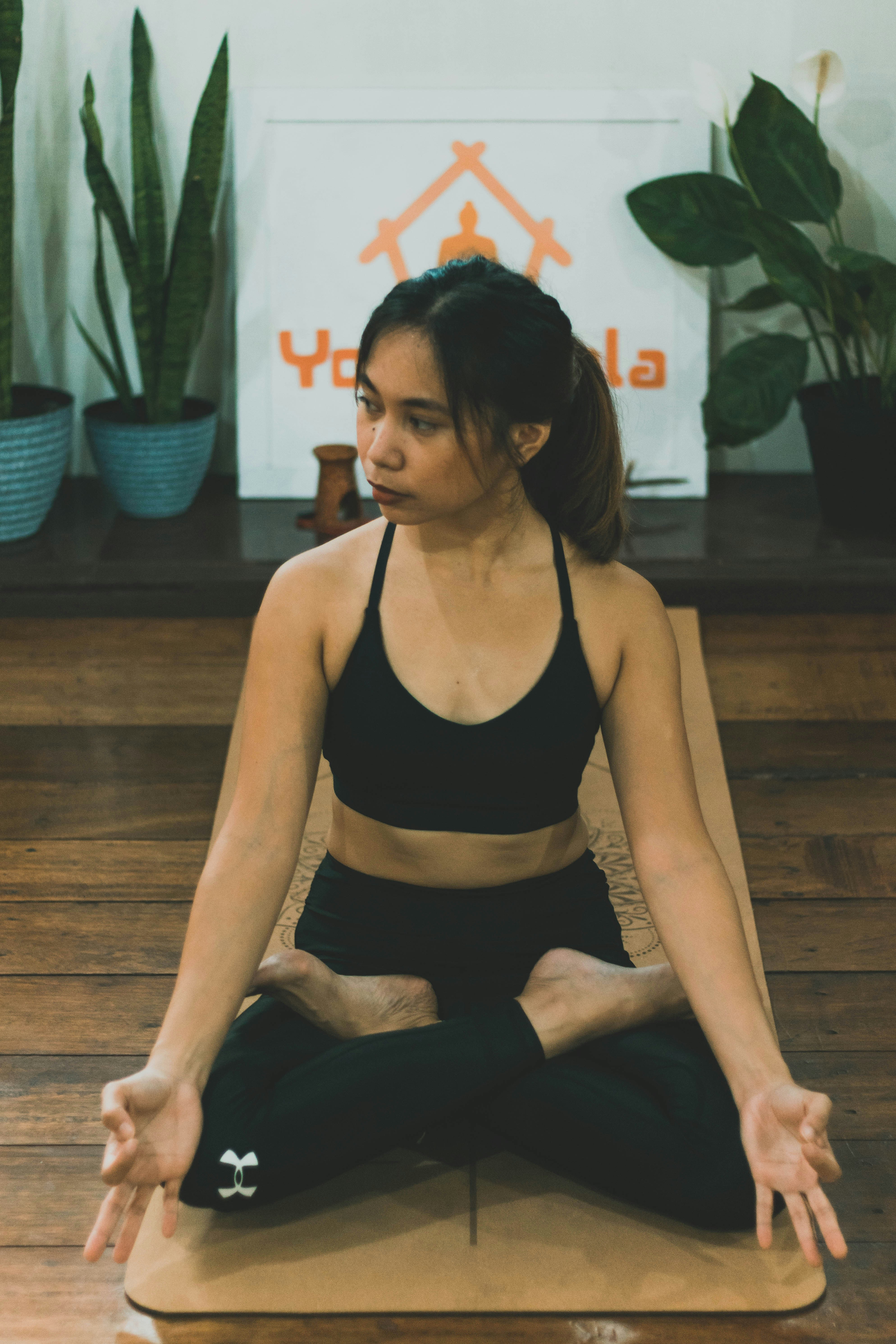Understanding the Benefits of Returning to Yoga
Returning to yoga after an extended break can be a transformative journey, offering numerous benefits that encompass physical, mental, and emotional well-being. As practitioners re-engage with this ancient practice, they may rediscover yoga’s significant enhancements to flexibility, strength, and balance. Improved flexibility allows for greater range of motion, which is particularly beneficial for anyone experiencing stiffness or discomfort after years of inactivity. Furthermore, consistent practice strengthens muscles and promotes better posture, which can alleviate common issues such as back pain or tension headaches.
Yoga’s emphasis on balance not only enhances physical stability but also cultivates a sense of equilibrium in daily life. By practicing various postures, individuals develop coordination and core strength, leading to improved performance in other physical activities and reducing the risk of injury. This holistic approach to physical health illustrates why returning to yoga can have lasting benefits on one’s body.
In addition to physical improvements, the mental clarity gained through yoga practice can significantly enhance overall cognitive function. The mindfulness element inherent in yoga focuses on being present and aware, which can help reduce anxiety and enhance concentration. As practitioners reconnect with their breathing and embrace meditation techniques, they may find a substantial decrease in stress levels, leading to a more balanced approach to everyday challenges.
Emotionally, yoga has the ability to foster resilience and a greater sense of self-acceptance. It encourages practitioners to acknowledge their feelings, promoting a healthier mindset and emotional maturity. This supportive environment allows for deeper introspection and personal growth. Through regular practice, individuals are likely to cultivate a more positive outlook, improving relationships with themselves and others.
Ultimately, the journey of returning to yoga can be marked by a profound shift in various aspects of life, making it an invaluable practice for anyone seeking to enhance their overall well-being.
Assessing Your Current Fitness Level and Setting Realistic Goals
Before re-embarking on your yoga journey, it is essential to evaluate your current fitness level. This self-assessment allows you to recognize your strengths and limitations, which is crucial for tailoring your practice to suit your individual needs. Start by reflecting on your physical activity over the past few years, including any sports or exercises you have engaged in. Consider factors such as flexibility, strength, balance, and endurance, as these elements play a significant role in your yoga practice.
A practical way to gauge your abilities is to perform a few basic yoga poses, observing how your body responds. For instance, attempt poses like Downward Dog or Child’s Pose to assess your flexibility and comfort. Take note of any discomfort or restrictions, as these may indicate areas that require extra focus in your practice. Additionally, consider any injuries or health conditions that may impact your movement. Being mindful of these factors helps you avoid potential setbacks and fosters a safer practice environment.
Once you have a clear understanding of your current fitness level, it’s time to set realistic goals for your yoga practice. These goals may be both short-term and long-term, depending on your aspirations and lifestyle. Short-term goals, such as attending a class once a week or mastering a specific pose within a month, should be attainable and motivating. In contrast, long-term aspirations may include increased flexibility or the ability to participate in more advanced yoga sessions over time. By setting these objectives, you create a roadmap that guides your practice while accommodating your evolving fitness level.
Ultimately, establishing a personalized approach to yoga not only mitigates frustration but also promotes consistent progression. Engaging in a thoughtful assessment of your body’s capabilities, paired with realistic goal-setting, ensures a satisfying and enriching experience as you rekindle your yoga practice.
Choosing the Right Style and Class for Your Return
As you consider rekindling your yoga practice, it’s important to recognize that the variety of styles available can significantly impact your experience and progress. Each yoga style caters to different needs and preferences, making it essential to choose one that aligns with your fitness level, goals, and interests. Some popular styles include Hatha, Vinyasa, Yin, and Restorative yoga.
Hatha yoga is often recommended for beginners, as it focuses on the foundational postures and breathing techniques. This style offers a gentle introduction, allowing you to familiarize yourself with the basic poses at a comfortable pace. Vinyasa, on the other hand, introduces a more dynamic flow of postures, synchronizing breath with movement. This style may be more suitable for those seeking a slightly more vigorous practice.
For those looking to restore balance and flexibility, Yin yoga can be an excellent choice. This meditative style involves holding poses for an extended duration, promoting deep relaxation and introspection. Restorative yoga, similar in its calming approach, utilizes props to support the body in passive stretches, offering a therapeutic experience ideal for stress relief and rejuvenation.
After determining the style that resonates with you, consider where to practice. Many options cater to different schedules and preferences, ranging from local studios to online classes. In-person classes provide the benefit of direct instruction and community support, while online offerings allow for the convenience of practicing at home at your own pace. Investigate local yoga studios to find reputable instructors experienced in teaching your chosen style. Additionally, numerous platforms offer virtual classes, making it easy to access a variety of sessions whenever it fits into your schedule.
Ultimately, the key is to select a style and class that fosters a positive and enjoyable re-entry into yoga, putting emphasis on your well-being and personal growth.
Creating a Sustainable Yoga Routine and Staying Motivated
Developing a sustainable yoga routine is essential for those looking to rekindle their practice after a hiatus. To begin, it is important to set realistic and achievable goals. Consider starting with short sessions, perhaps 10 to 15 minutes a few times a week, gradually increasing the length and frequency as your comfort and enthusiasm grow. This approach not only reduces the risk of burnout but also helps you integrate yoga into your daily life seamlessly.
Time constraints represent a significant barrier for many individuals; however, incorporating yoga does not necessitate lengthy commitments. Consider practicing in the morning, during lunch breaks, or even right before bed. To facilitate this, create a dedicated space in your home for yoga. Even a small area with your yoga mat can serve as a reminder to practice regularly. Additionally, scheduling your yoga sessions like appointments in a calendar can be highly beneficial for maintaining consistency.
Staying motivated is another crucial aspect of sustaining your yoga journey. Engage with a community—whether it be a local class, online forum, or social media group. These connections introduce a sense of accountability, as sharing your experiences can inspire both you and fellow practitioners. Furthermore, tracking your progress through a journal or app can provide visual affirmation of your journey, revealing improvements over time alongside the physical aspects of your practice.
Celebrate your milestones, no matter how small they may seem. Recognizing achievements such as completing a certain number of sessions or mastering a new pose can significantly enhance feelings of accomplishment and encourage continued commitment. Overall, fostering a supportive environment, remaining adaptable to your schedule, and recognizing your progress are pivotal strategies for creating a sustainable yoga routine that cultivates motivation and enjoyment over time.
Image Credit https://www.vardanawellness.com/cdn/shop/articles/blog7.webp?v=1712590957







Leave a Reply